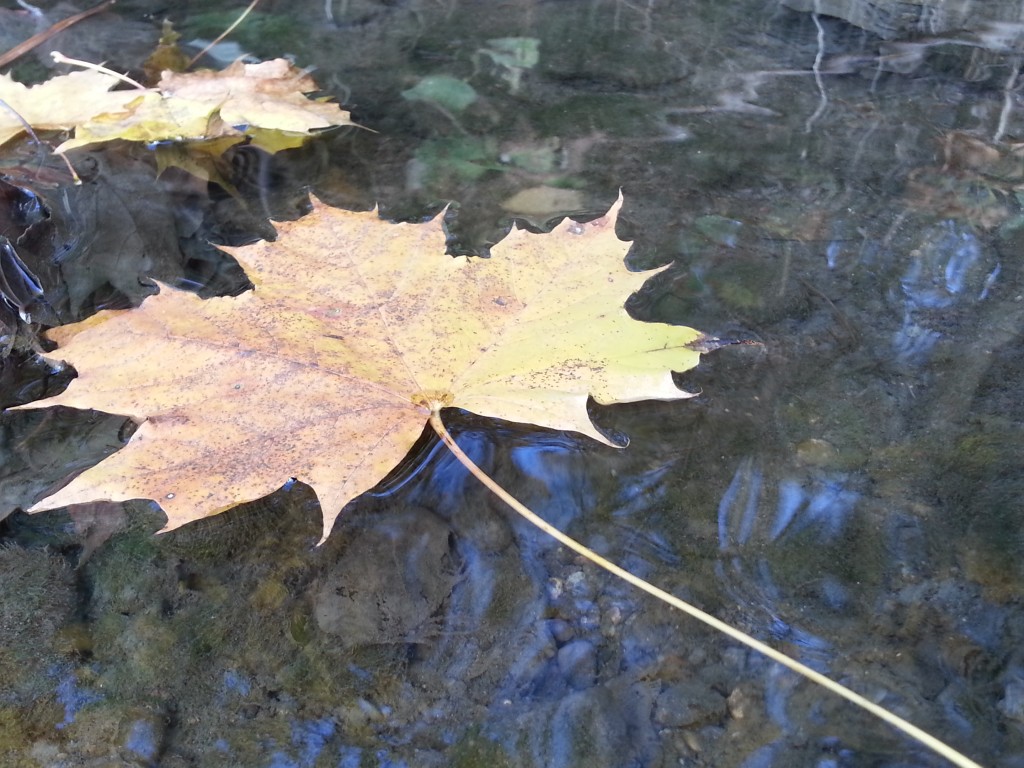I had recently watched this video: Perfect Order — Recognizing Complexity in Bali: John Stephen Lansing at TEDxNTU. In response to it, I thought of how my phenology spot behaves like any other natural community, and I wondered what interactions went on within it.
My phenology site is located in a natural depression that has filled with water and become a cattail marsh. It would not be a surprise if it gets the brunt of some polluted runoff, especially considering that roads, suburban communities, and businesses fill the surrounding land. Centennial Brook runs through the marsh, which is sure to deposit excess nutrients. Although, this may be beneficial because the marsh behaves as a nutrient sink, preventing damage from occurring downstream.
Considering the health of natural communities within Burlington, local policy may be able to play an impactful role. This would involve legislature regarding restrictions on fertilizer usage, anti-ice chemicals, and various other causes of polluted runoff. If there were more public knowledge on fertilizer usage and its effects on water quality, the phenology site I visit would surely not be harmed.
Because of the cattail marsh’s location within public woods, many people find recreational use within the land near it. However, I would not say that it has quite the negative impact on the phenological development in the site, due to the fact that most recreation near it is only hiking or running. Typically, it seems to be a clean and relatively respected natural area, with only minor evidence of litter and pollution within the stream. Considering how seemingly insignificant events can affect an area in such detrimental way, it is important to maintain a natural community and treat it with the respect it deserves.

All photos are by the author (Kevin Melman) unless specified otherwise